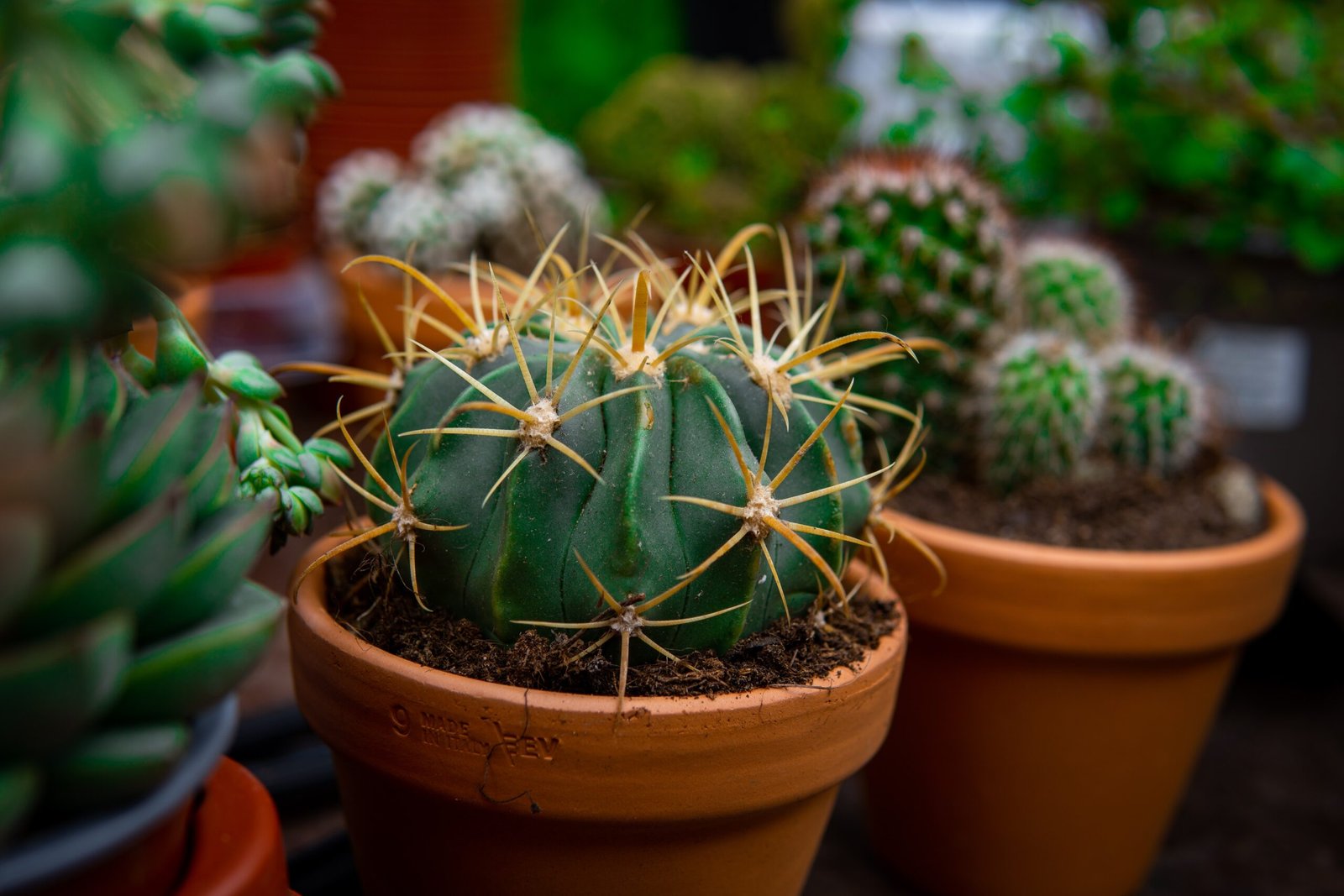So you’ve heard about gout, the excruciatingly painful form of arthritis that affects millions of people worldwide. But have you ever wondered about the role of oxalate in this condition? Well, buckle up and get ready to dive into the fascinating world of oxalate and gout. In this article, we’ll explore the connection between these two and unveil some surprising facts that might just change the way you think about this debilitating disease. Get ready to have your mind blown as we unravel the mysteries of oxalate and gout.
Oxalate and Gout
Gout is a form of arthritis that is caused by the buildup of uric acid crystals in the joints. Oxalate, on the other hand, is a naturally occurring substance found in many foods. While at first glance it may seem like gout and oxalate have little in common, there is actually a connection between the two. In this article, we will explore what oxalate is, what gout is, and how the two are related. We will also dive into the effects of oxalate on gout, the causes of high oxalate levels in the body, the role of kidneys in oxalate and gout, the symptoms of gout and oxalate overload, as well as dietary measures and medical treatments to address these issues.

This image is property of images.unsplash.com.
Understanding Oxalate
Oxalate is a compound that is naturally present in many plant-based foods. It is produced during the metabolism of certain nutrients in our bodies, and it can also be obtained through the foods we eat. Oxalate itself is not harmful to our health when consumed in moderation. However, some individuals may develop a condition called hyperoxaluria, where they have excessive levels of oxalate in their bodies. This can lead to the formation of oxalate crystals, which can cause a variety of health issues.
Understanding Gout
Gout is a type of arthritis that primarily affects the joints, most commonly the big toe. It is caused by the buildup of uric acid crystals in the joints, which results in inflammation and severe pain. Uric acid is a byproduct of the breakdown of purines, which are naturally occurring substances found in our bodies and certain foods. When there is an excess of uric acid in the body or the body is unable to eliminate it efficiently, gout can develop.

This image is property of images.unsplash.com.
Oxalate and Gout Connection
Surprisingly, there is a connection between oxalate and gout. Although they affect different parts of the body (oxalate primarily affects the kidneys and urinary tract, while gout primarily affects the joints), they both involve the formation of crystals. In the case of gout, the crystals are made of uric acid, while in the case of oxalate-related conditions, the crystals are made of oxalate. These crystals can cause pain, inflammation, and complications in their respective areas, leading to similar symptoms.
Effects of Oxalate on Gout
When excessive oxalate levels are present in the body, it can lead to the formation of oxalate crystals in the joints, similar to how uric acid crystals form in gout. This can worsen the symptoms of gout or even trigger a gout flare-up in individuals who are already prone to the condition. The oxalate crystals can contribute to joint inflammation, leading to increased pain and discomfort.

This image is property of images.unsplash.com.
Causes of High Oxalate Levels in the Body
There are several factors that can contribute to high oxalate levels in the body. One common cause is an inadequate intake of fluids, as this can impair the kidneys’ ability to flush out excess oxalate. Additionally, certain medical conditions such as kidney disease or intestinal disorders can lead to increased oxalate absorption in the body. Furthermore, a diet rich in foods high in oxalate, such as spinach, rhubarb, and chocolate, can also contribute to elevated oxalate levels.
Role of Kidneys in Oxalate and Gout
The kidneys play a crucial role in both oxalate and gout management. In the case of oxalate, the kidneys help regulate the levels of oxalate in the body by excreting it through urine. If the kidneys are not functioning properly, then the ability to eliminate oxalate efficiently can be compromised, leading to an increased risk of oxalate-related issues. Similarly, in gout, the kidneys are responsible for filtering and excreting uric acid. When the kidneys fail to eliminate uric acid effectively, it can contribute to the development or worsening of gout symptoms.
Symptoms of Gout
Gout is characterized by sudden and intense joint pain, typically in the big toe. This pain is often accompanied by redness, swelling, and warmth in the affected joint. Gout attacks can occur sporadically and last for several days, with periods of remission in between. Over time, repeated gout attacks can lead to joint damage and chronic gout.
Symptoms of Oxalate Overload
When the body has excessive levels of oxalate, it can manifest in various symptoms. These symptoms can include kidney stones, urinary tract infections, pain or burning during urination, frequency and urgency to urinate, as well as blood in the urine. Additionally, oxalate overload can cause digestive issues such as diarrhea, nausea, and abdominal pain.
Dietary Measures to Reduce Oxalate Levels
One way to manage oxalate levels in the body is through dietary modifications. Avoiding or limiting foods high in oxalate can help reduce the risk of oxalate-related complications. Foods to limit include spinach, rhubarb, beets, nuts, soy products, and chocolate. It is also important to drink an adequate amount of fluids to ensure proper hydration and help flush out excess oxalate. However, it is crucial to maintain a balanced diet and speak with a healthcare professional or registered dietitian before making significant dietary changes.
Medical Treatment for Gout and Oxalate Issues
In addition to lifestyle modifications, medical treatment options are available for individuals with gout and oxalate-related issues. These treatments may include medications to manage gout symptoms, such as nonsteroidal anti-inflammatory drugs (NSAIDs), corticosteroids, or colchicine. For individuals with hyperoxaluria or recurrent kidney stones, medications may be prescribed to help reduce oxalate production or increase oxalate elimination. These medications should be prescribed and monitored by a healthcare professional.
In conclusion, while gout and oxalate may seem unrelated at first, they share a connection through the formation of crystals in the body. Understanding the effects of oxalate on gout, the causes of high oxalate levels, the role of kidneys, and the symptoms of both conditions is crucial for effective management. By adopting dietary measures to reduce oxalate levels and considering medical treatments when necessary, individuals can minimize the impact of gout and oxalate-related complications on their overall health and well-being.

